 |
| January 09, 2020 |
Dear Reader,
Months after a fire destroyed large sections of Notre Dame Cathedral, scientists are embarking on an unprecedented effort to study the iconic building and gain a better understanding of how it was constructed. Also, a recently unveiled model of a new drone hints at the use of a guidance technique called active flow control, which could make aircraft stealthier. And in our lead story, Technology Editor Sophie Bushwick discusses Iran's arsenal of cyberattacks and precision-guided weapons in a Q&A with Chris Meserole, a fellow in foreign policy and expert in AI and emerging technology at the Brookings Institution. |
| | Sunya Bhutta, Senior Editor, Audience Engagement
@sunyaaa | |
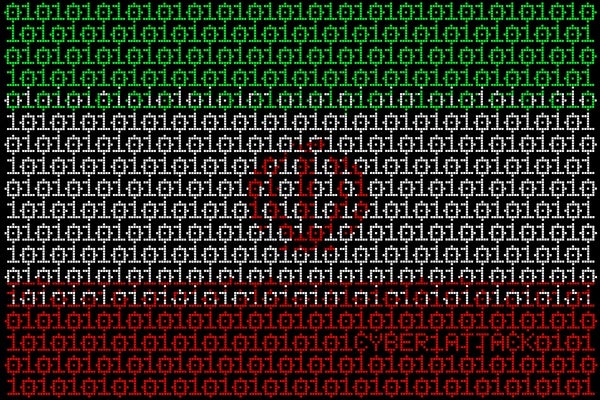 |
| |
| |
| |
| |
| |
| |
FROM THE STORE
 | | Playing Politics: The Science of Elections Politics makes strange bedfellows, and that becomes even more apparent when trying to analyze the science of politics. Pulling from an array of disciplines including social science, behavioral science and mathematics, this eBook analyzes key factors in the process of electing a leader. |  | | |
| |
| |
| |
LATEST ISSUES
 |
| |
| Questions? Comments?  | |
| Download the Scientific American App |
| |
| |



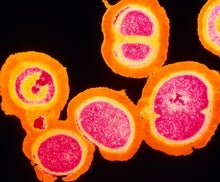



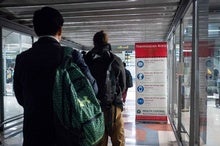




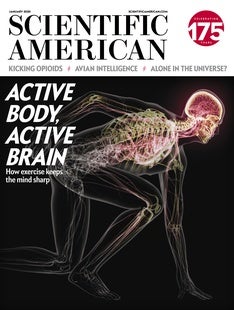
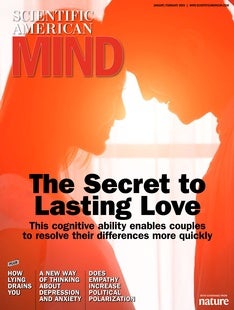
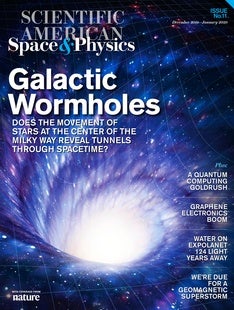



Comments
Post a Comment